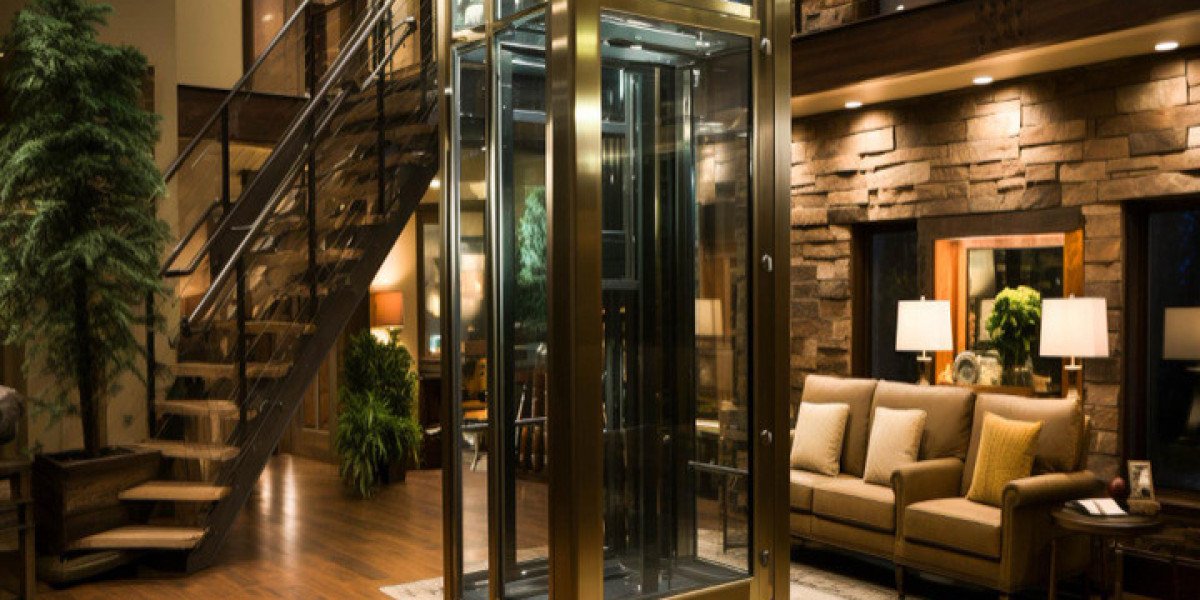Fiber optics cable is changing the way we connect to the internet, talk on the phone, and watch TV. Many people and businesses are switching from traditional ethernet network cables to fiber optics because of its amazing features. But, like everything else, fiber optic cables have both good sides and bad sides. Let’s look at the main pros and cons in a way that’s easy for everyone to understand.
What Is a Fiber Optic Cable?
A fiber optics cable is a special kind of wire made from thin glass or plastic fibers. Instead of using electricity, it uses light to send data. This makes it very different from an ethernet network cable, which uses copper wires and electricity.
The Exact Answer: What Are the Pros and Cons of Fiber Optic Cables?
The main pros of fiber optic cables are super-fast speed, long-distance data transmission, high security, and no electrical interference. The main cons are higher upfront costs, fragility, and the need for special installation skills.
Pros of Fiber Optic Cables
1. Super-Fast Speed
Fiber optics cables can send data at the speed of light. This means you can download movies, play games, and have video calls without waiting or buffering. It’s much faster than ethernet network cable.
2. Long Distance Transmission
With fiber optics, data can travel for miles without losing quality. Ethernet network cables can only go about 100 meters before the signal gets weak. Fiber optics is perfect for connecting buildings, schools, or even cities.
3. No Electrical Interference
Fiber optics cables are not bothered by things like lightning, power lines, or other electronic devices. This keeps your connection strong, even in busy or stormy places. Ethernet network cables can have problems with interference.
4. High Security
It’s very hard for someone to tap into a fiber optics cable and steal information. This makes them perfect for banks, hospitals, and anyone who wants to keep their data safe.
5. Lightweight and Flexible
Fiber optics cables are thinner and lighter than copper ethernet network cables. They take up less space and are easier to run through walls or ceilings.
6. Low Power Loss
Fiber optics lose very little signal as data travels. This means you get a strong, clear connection, even over long distances.
7. Large Bandwidth
Fiber optics can handle more data at once. This is great for families or offices where many people use the internet at the same time.
8. Durability and Long Life
Fiber optic cables last a long time and don’t rust or wear out like copper cables. They can handle changes in weather and temperature.
9. Future-Proof
As technology gets better, fiber optics are ready for faster speeds and bigger data needs. You won’t have to upgrade your cables as often.
10. Lower Maintenance Over Time
Once fiber optics cables are installed, they need less maintenance and fewer repairs than copper cables. This can save money in the long run.
Cons of Fiber Optic Cables
1. Higher Upfront Cost
Buying and installing fiber optics costs more than regular ethernet network cables. The cables, special tools, and skilled workers all add to the price. This can be hard for small businesses or homes with a tight budget.
2. Fragility
The glass or plastic fibers inside fiber optics cables are delicate. If you bend, twist, or step on them too much, they can break. Copper ethernet network cables are tougher and can handle more rough treatment.
3. Difficult to Install and Repair
Installing fiber optics takes special skills and tools. If a cable breaks, fixing it is harder than fixing an ethernet network cable. You might need a trained technician to help.
4. Harder to Splice
Joining two fiber optics cables together is tricky. It’s easy to lose some of the light signal, which can make your connection weaker.
5. Not Good for Tight Bends
If you need to curve a cable around a sharp corner, fiber optics might break or lose signal. Ethernet network cables can handle tighter bends without problems.
6. Needs Special Equipment
To test, install, or repair fiber optics, you need special machines. These cost more money than the simple tools used for ethernet network cables.
7. Sensitive to Damage
During construction or home repairs, fiber optics can get cut or damaged more easily than copper cables. You need to be careful when working around them.
Comparing Fiber Optics Cable and Ethernet Network Cable
| Feature | Fiber Optics Cable | Ethernet Network Cable |
|---|---|---|
| Speed | Super fast | Fast |
| Distance | Miles | About 100 meters |
| Interference | None | Can have problems |
| Security | Very secure | Less secure |
| Weight | Light | Heavier |
| Cost | Higher at first | Lower |
| Durability | Fragile | Tough |
| Installation | Needs experts | Easier |
| Lifespan | Long | Shorter |
| Maintenance | Low | Higher |
Real-Life Examples
A big hospital uses fiber optics to send medical images quickly and safely between departments. A school with many classrooms can give every student fast internet, even during busy times. A family can stream movies, play games, and video chat all at once without slowdowns.
When Should You Choose Fiber Optics Cable?
Choose fiber optics cable if you need the fastest speeds, want to connect over long distances, or need high security. They are great for busy offices, schools, hospitals, and anyone who wants the best internet experience.
When Are Ethernet Network Cables Good Enough?
Ethernet network cables are still great for short distances, like connecting a computer to a router in the same room. They are cheaper and easier to install, and they work well for many home networks.
Tips for Using Fiber Optics Cables
Don’t bend or twist the cables too much.
Hire a skilled technician for installation.
Keep cables safe from sharp tools or heavy objects.
Plan your network so you don’t need tight corners.
Conclusion
Fiber optics cables have many pros: they are super fast, go long distances, and keep your data safe. But they also have cons: they cost more, are fragile, and need special skills to install. Ethernet network cables are easier and cheaper for small jobs, but fiber optics cables are the best choice for the future. Think about your needs, your budget, and your space before choosing which cable is right for you. With the right choice, you’ll enjoy fast, reliable connections every day!
Sources: https://www.newspostonline.com/tech/5-leading-benefits-of-choosing-optical-cables-for-your-setup/
https://www.florevit.com/read-blog/33629
https://www.promoteproject.com/article/194345/what-are-the-advantages-and-disadvantages-of-optical
 AdBlock Detectado
AdBlock Detectado








